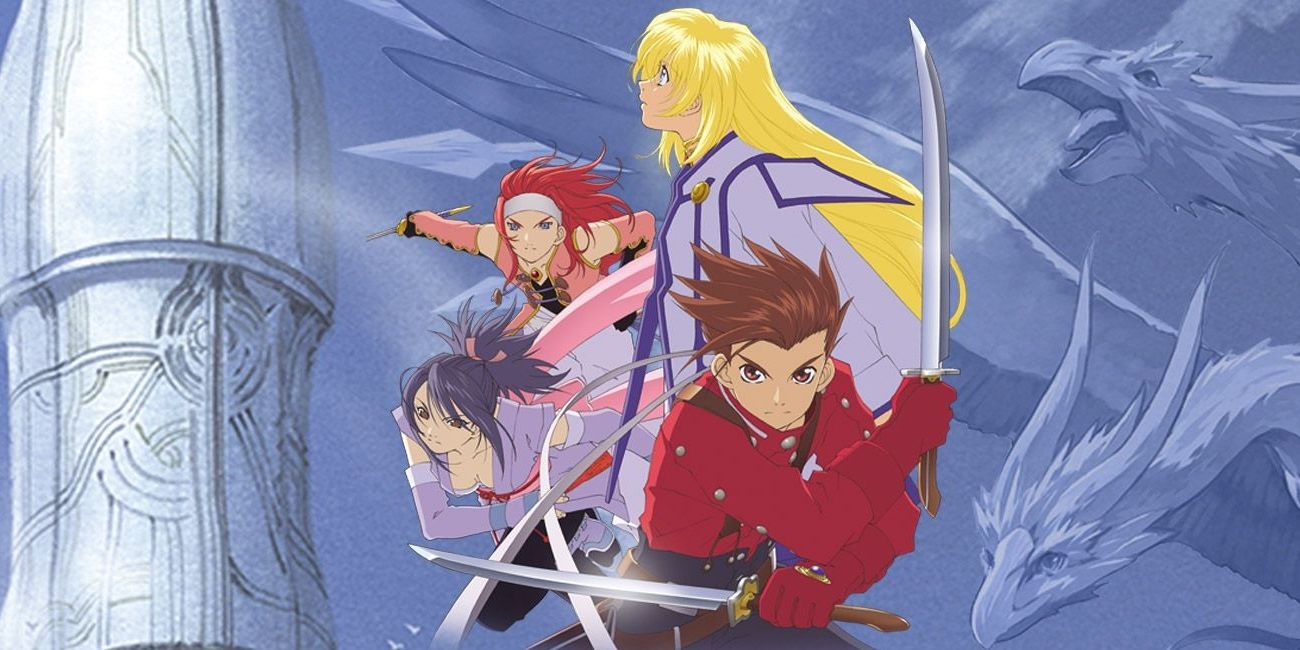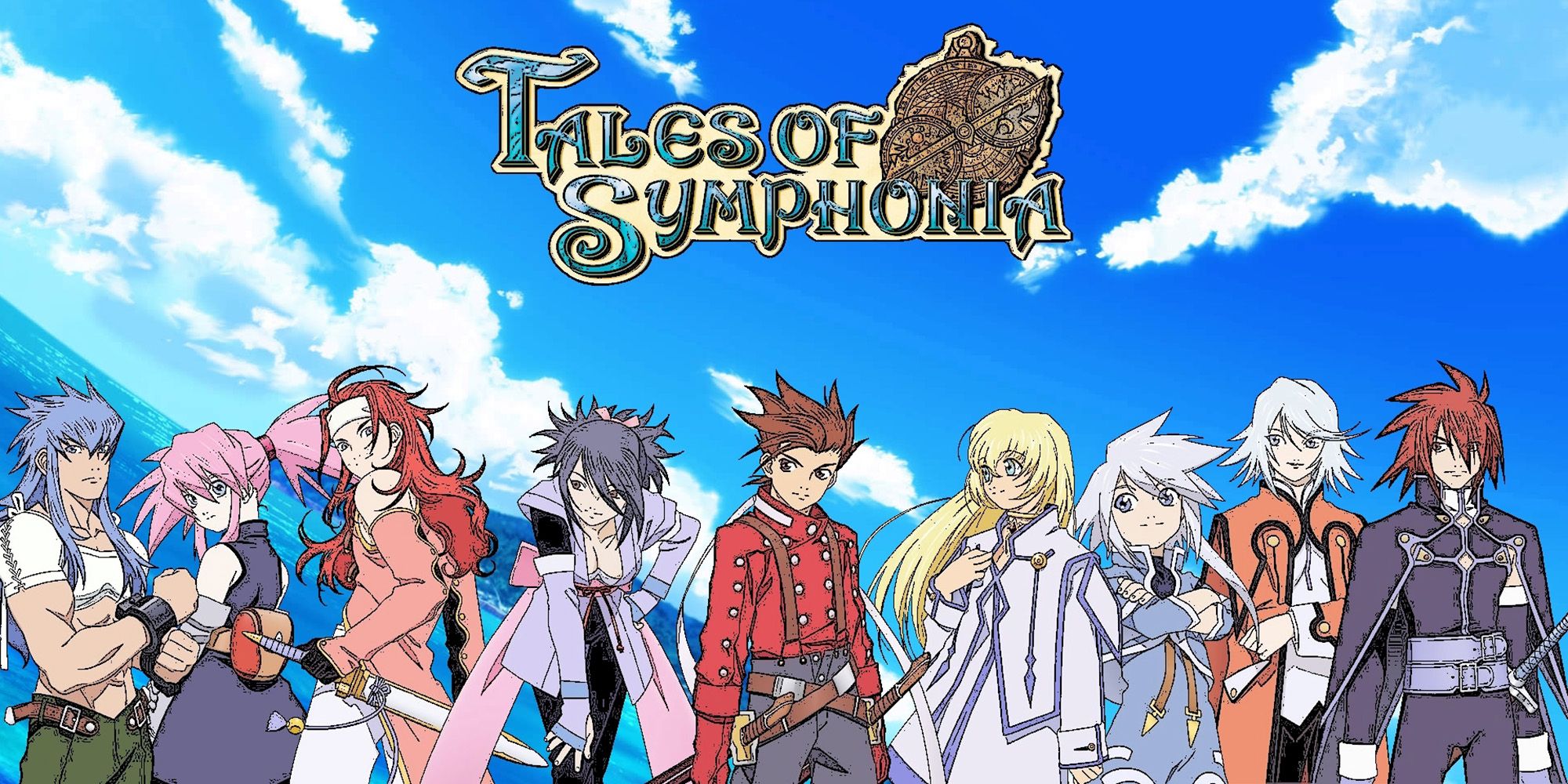The Tales series by Bandai Namco is a long running one, spanning several stand-alone games. One title in the series that really stands out is Tales of Symphonia, which originally released on the GameCube in 2003. The game did well enough to warrant the franchise's only sequel, 2008's Tales of Symphonia: Dawn of the New World. While the second game left much to be desired, Tales of Symphonia is still a fantastic game, and it deserves a release on the Nintendo Switch.
Following its release on GameCube, Tales of Symphonia came to PlayStation 2. Worldwide, it sold over one million copies and received critical acclaim, even winning a Japan Game Award. The game was popular enough to receive an anime, manga, books and audio CDs, and it has since been ported to PC and PlayStation 3, making a return to a Nintendo console a logical next step.
The game included many of the same mechanics as previous entries, but with some extra ones that set it apart and improved the experience. Instead of just having the usual party cutscenes with linear dialogue, Symphonia had options that could affect friendship ratings. Your choices here led to consequences or additional cutscenes later. All Tales games feature optional interactions throughout the worlds called Skits that contributes to characters' stories. In Symphonia, Namco took it a step further with Skits that could be found around the overworld between the main character and specific party members with dialogue choices to further relationships.
The choices you make in Symphonia feel important. For example, while the characters were mostly likable, there is a point in the story where one has to be chosen over another. In general, Tales games have turning points and big reveals, but Symphonia seemed to have more than others did, containing crucial moments involving certain characters. Plus, for such a colorful and seemingly light-hearted anime-style game, it has some darker moments.
Some Tales games feature a battle state called Overlimit. In Symphonia, this was uniquely tied to character relationships as well as battle conditions. The free movement, action-style combat stayed simple with no complex mechanics added, instead building on what was already part of the series. The game's combat style would not be seen again in a Tales game until 2016's Tales of Berseria, which also kept it simple. Add to it incredible battle music, and Symphonia delivers an engaging experience.
The game also featured plenty of extras that were unlocked by completing certain side-quests and earning titles. Titles themselves were like achievements, requiring players to meet certain conditions or accomplish tasks. These sometimes rewarded outfits as well as stat boosts. Titles would transfer well onto the Switch, as Nintendo doesn’t handle achievements itself.
Finally, a rerelease (or remaster) could include additional or removed content. Symphonia was large game in scope with two different worlds to explore and dozens of hours of content and features an art-style that would translate well to the Switch. Such a port would also set itself apart from past rereleases by being playable in handheld mode, a first for the game. Just as other classic JRPG rereleases and remasters have found a new home on the Nintendo Switch (especially within the last year), it's time for this nearly 20 year-old gem to make its way back to a Nintendo console.


